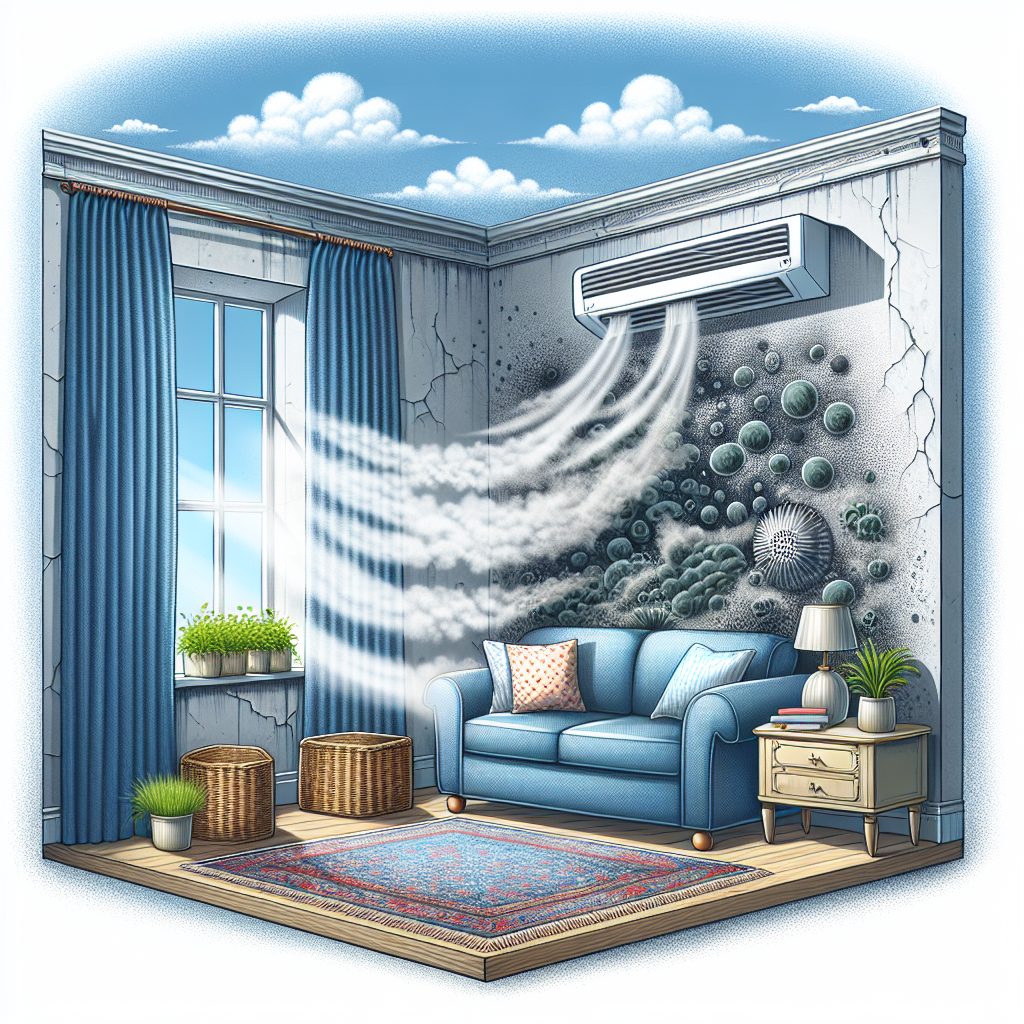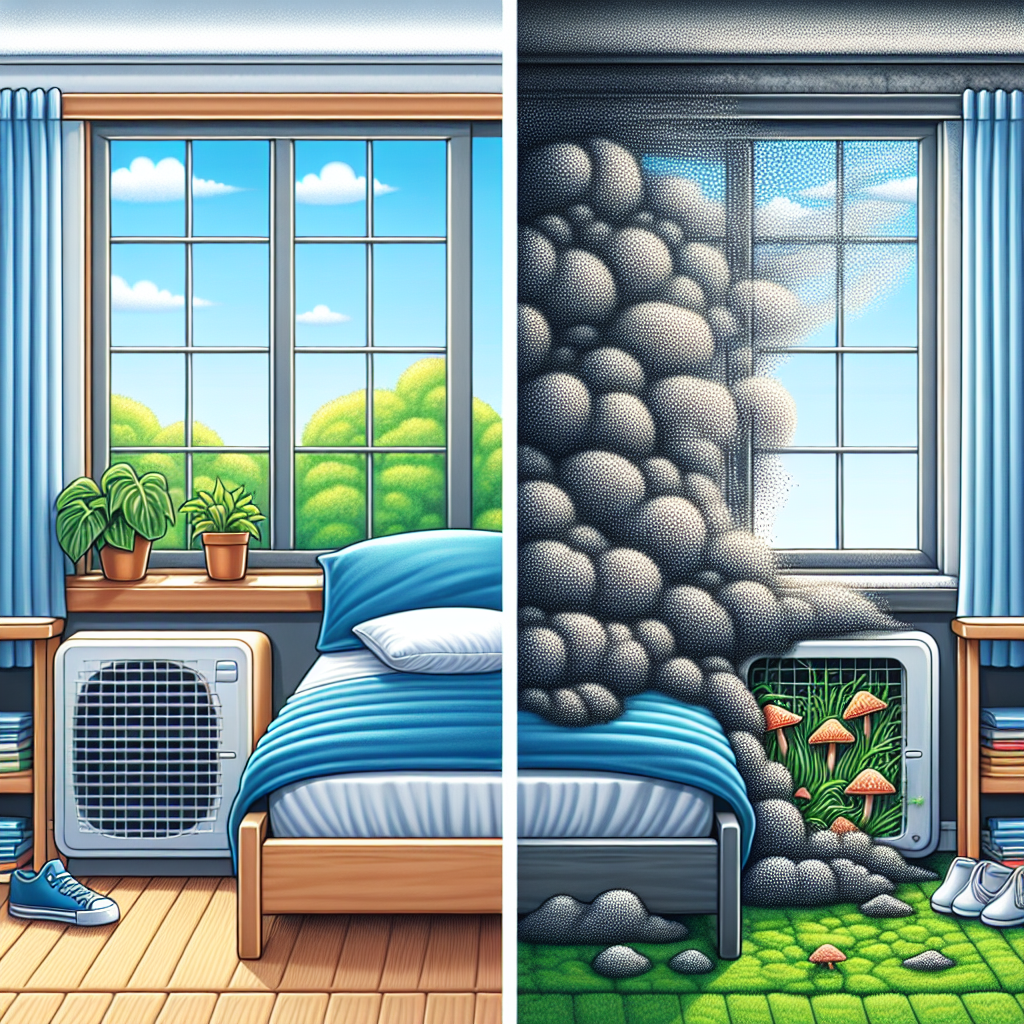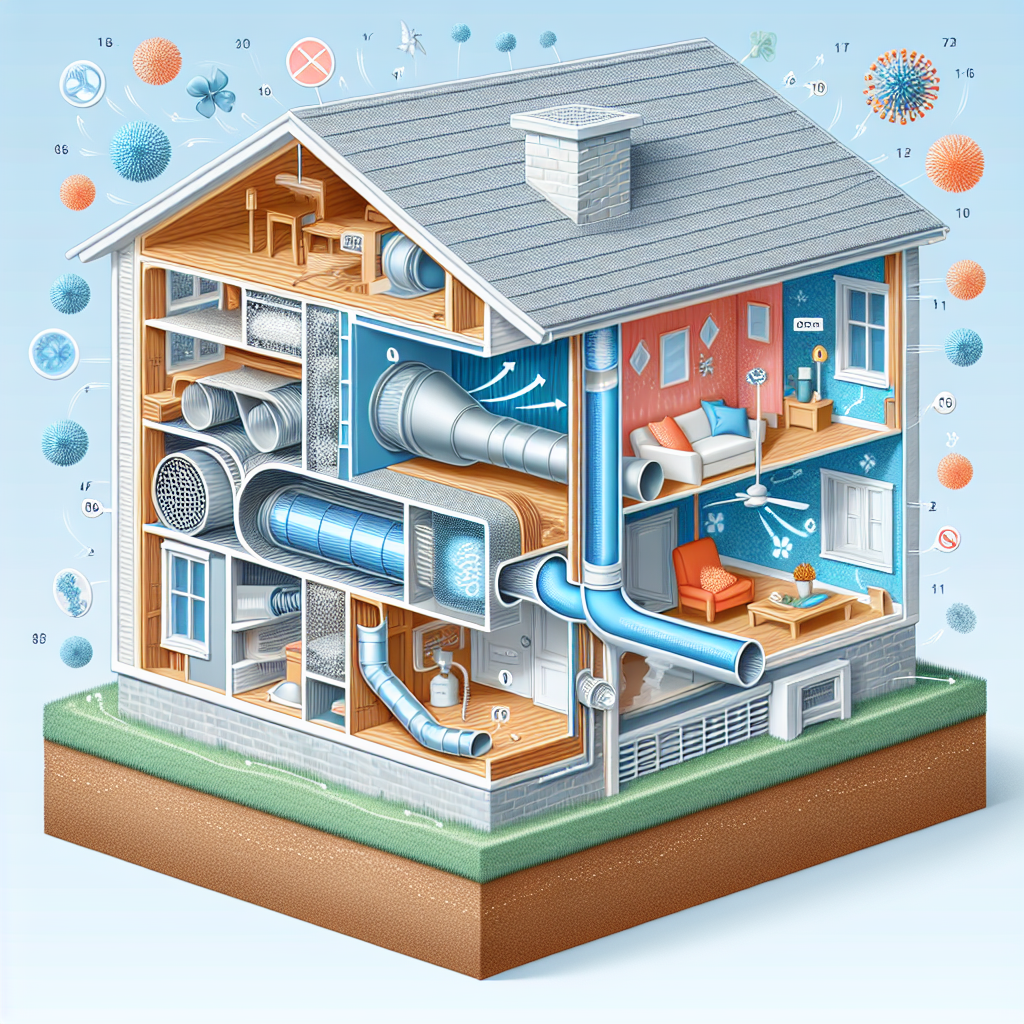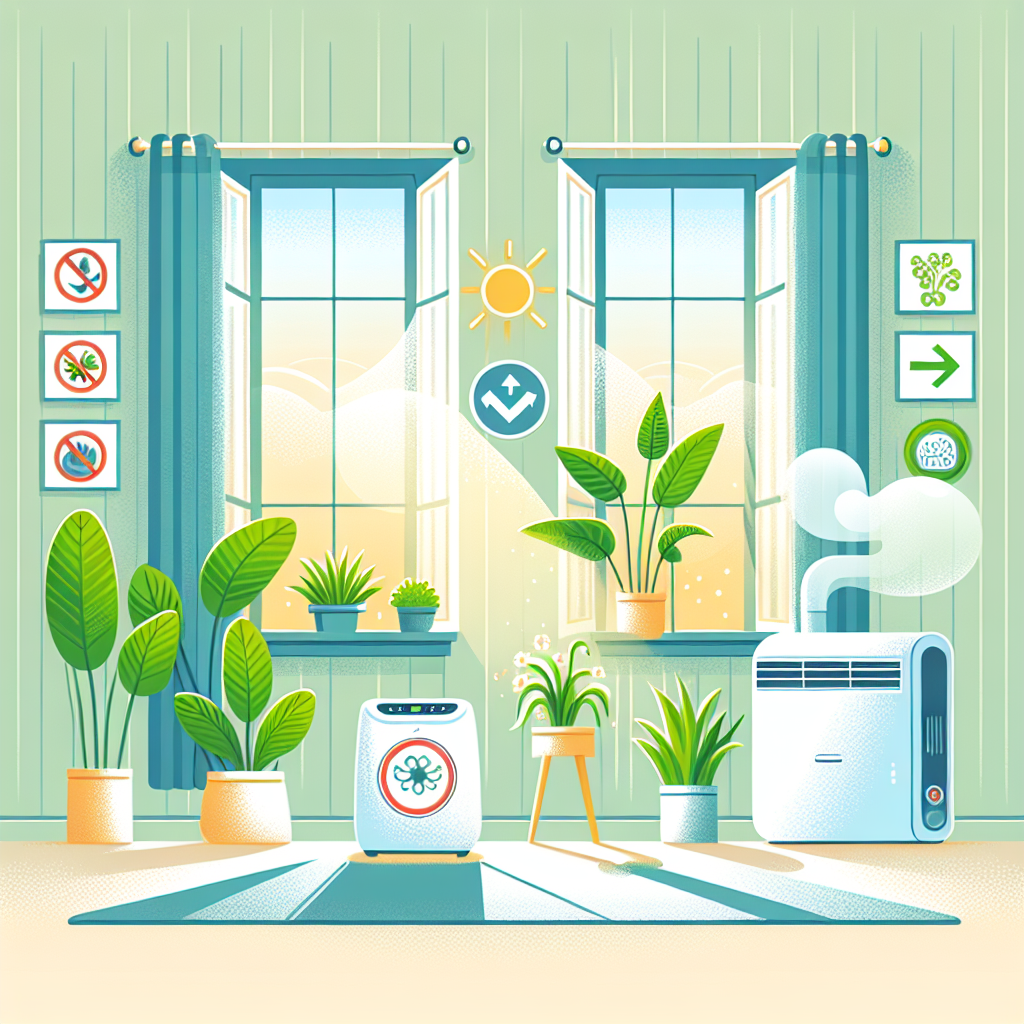Mold and mildew are common household problems that can cause a variety of health issues and damage to your home. These fungi thrive in damp and poorly ventilated areas, making proper ventilation essential in preventing their growth.
One of the key benefits of proper ventilation is that it helps to reduce humidity levels in your home. When there is excess moisture in the air, it creates the perfect environment for mold and mildew to flourish. By ensuring that your home is well-ventilated, you can help to keep humidity levels in check and prevent the growth of these harmful fungi.
Proper ventilation also helps to improve air quality in your home. Mold and mildew can release spores into the air, which can exacerbate respiratory issues and allergies. By ensuring that your home is well-ventilated, you can help to reduce the concentration of these spores in the air and create a healthier living environment for you and your family.
In addition to preventing mold and mildew growth, proper ventilation can also help to prevent other moisture-related issues in your home. Excess moisture can lead to water damage, rot, and corrosion in your home, all of which can be costly to repair. By ensuring that your home is properly ventilated, you can help to prevent these issues and protect the structural integrity of your home.
There are several ways to improve ventilation in your home. Installing exhaust fans in areas like the kitchen and bathroom can help to remove excess moisture from the air. Opening windows and doors to allow for cross-ventilation can also help to improve air circulation and reduce humidity levels. Additionally, using a dehumidifier can help to reduce moisture in the air and prevent mold and mildew growth.
In conclusion, proper ventilation is essential in preventing mold and mildew growth in your home. By reducing humidity levels, improving air quality, and preventing other moisture-related issues, proper ventilation can help to create a healthier and more comfortable living environment for you and your family. Make sure to take the necessary steps to improve ventilation in your home and protect your health and property from the harmful effects of mold and mildew.







You must be logged in to post a comment.